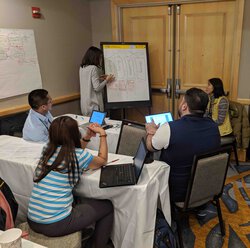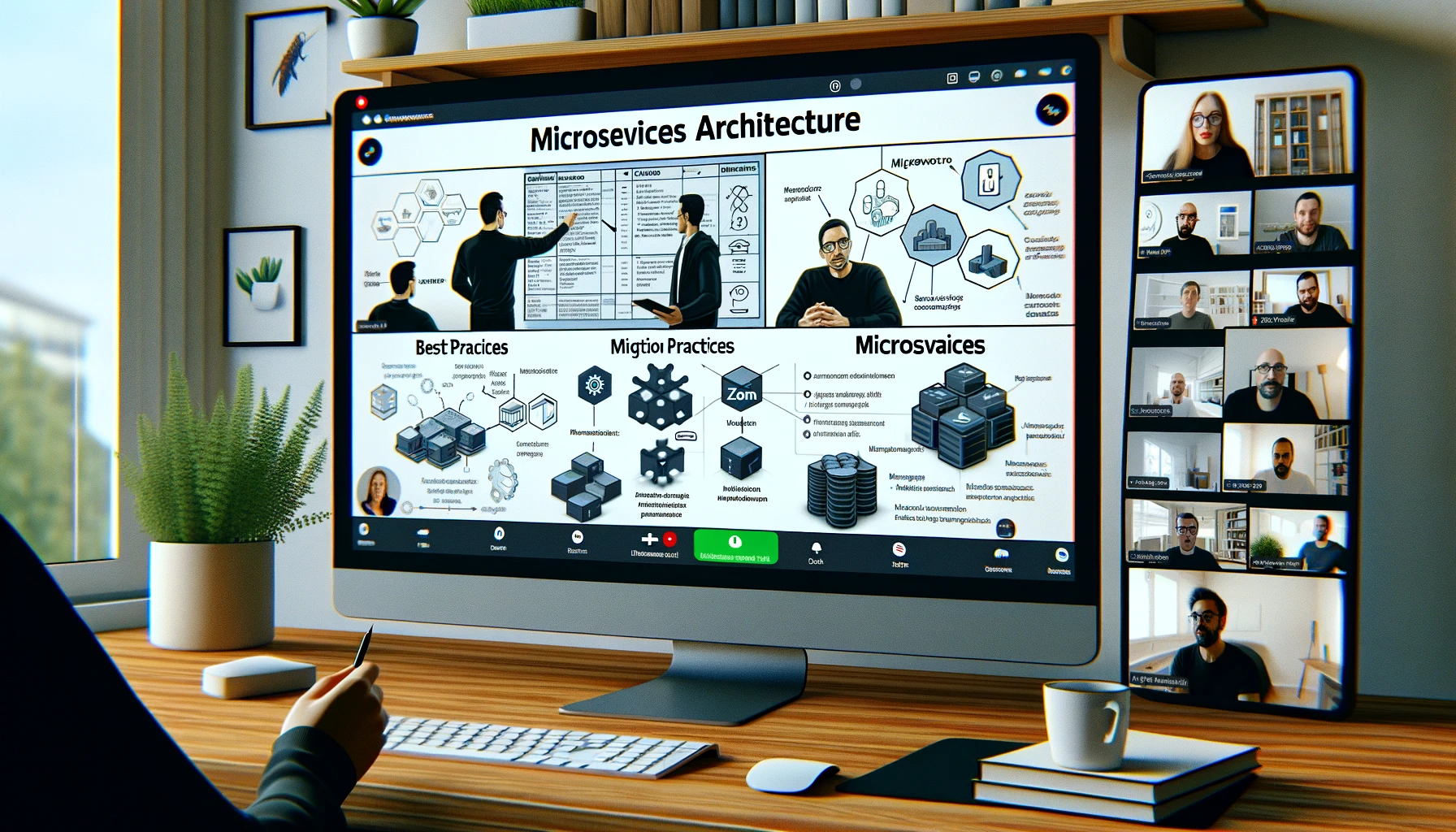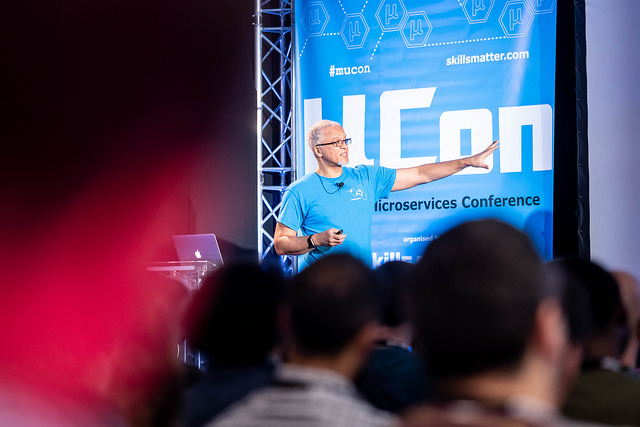Pattern: Messaging
pattern inter-service communication service api service designContext
You have applied the Microservice architecture pattern. Services must handle requests from the application’s clients. Furthermore, services often collaborate to handle those requests. Consequently, they must use an inter-process communication protocol.
Forces
- Services often need to collaborate
- Synchronous communicate results in tight runtime coupling, both the client and service must be available for the duration of the request
Problem
How do services in a microservice architecture communicate?
Solution
Use asynchronous messaging for inter-service communication. Services communicating by exchanging messages over messaging channels.
There are several different styles of asynchronous communication:
- Request/response - a service sends a request message to a recipient and expects to receive a reply message promptly
- Notifications - a sender sends a message a recipient but does not expect a reply. Nor is one sent.
- Request/asynchronous response - a service sends a request message to a recipient and expects to receive a reply message eventually
- Publish/subscribe - a service publishes a message to zero or more recipients
- Publish/asynchronous response - a service publishes a request to one or recipients, some of whom send back a reply
Examples
There are numerous examples of asynchronous messaging technologies
OrderService from the FTGO Example application publishes an Order Created event when it creates an Order.
public class OrderService {
...
public Order createOrder(long consumerId, long restaurantId,
List<MenuItemIdAndQuantity> lineItems) {
Restaurant restaurant = restaurantRepository.findById(restaurantId)
.orElseThrow(() -> new RestaurantNotFoundException(restaurantId));
List<OrderLineItem> orderLineItems = makeOrderLineItems(lineItems, restaurant);
ResultWithDomainEvents<Order, OrderDomainEvent> orderAndEvents =
Order.createOrder(consumerId, restaurant, orderLineItems);
Order order = orderAndEvents.result;
orderRepository.save(order);
orderAggregateEventPublisher.publish(order, orderAndEvents.events);
OrderDetails orderDetails = new OrderDetails(consumerId, restaurantId, orderLineItems, order.getOrderTotal());
CreateOrderSagaState data = new CreateOrderSagaState(order.getId(), orderDetails);
createOrderSagaManager.create(data, Order.class, order.getId());
meterRegistry.ifPresent(mr -> mr.counter("placed_orders").increment());
return order;
}
Resulting context
This pattern has the following benefits:
- Loose runtime coupling since it decouples the message sender from the consumer
- Improved availability since the message broker buffers messages until the consumer is able to process them
- Supports a variety of communication patterns including request/reply, notifications, request/async response, publish/subscribe, publish/async response etc
This pattern has the following drawbacks:
- Additional complexity of message broker, which must be highly available
This pattern has the following issues:
- Request/reply-style communication is more complex
Related patterns
- The Saga pattern and CQRS pattern use messaging
- The Transactional Outbox pattern enables messages to be sent as part of a database transaction
- The Externalized configuration pattern supplies the (logical) message channel names and the location of the message broker
- The Domain-specific protocol pattern is an alternative pattern
- The RPI pattern is an alternative pattern
See also
- My book Microservices patterns describes inter-communication in depth
- Enterprise Integration Patterns - a comprehensive set of message patterns
- The Eventuate Tram framework, which implements transaction messaging for microservices


 Premium content now available for paid subscribers at
Premium content now available for paid subscribers at 




